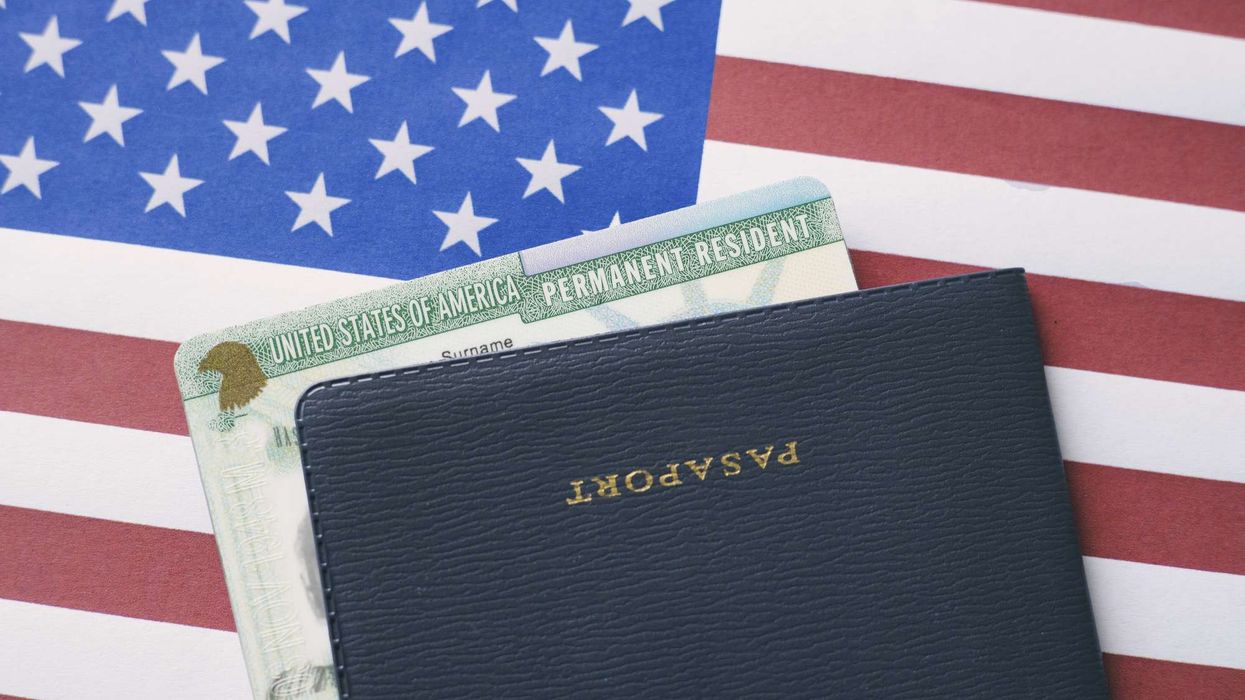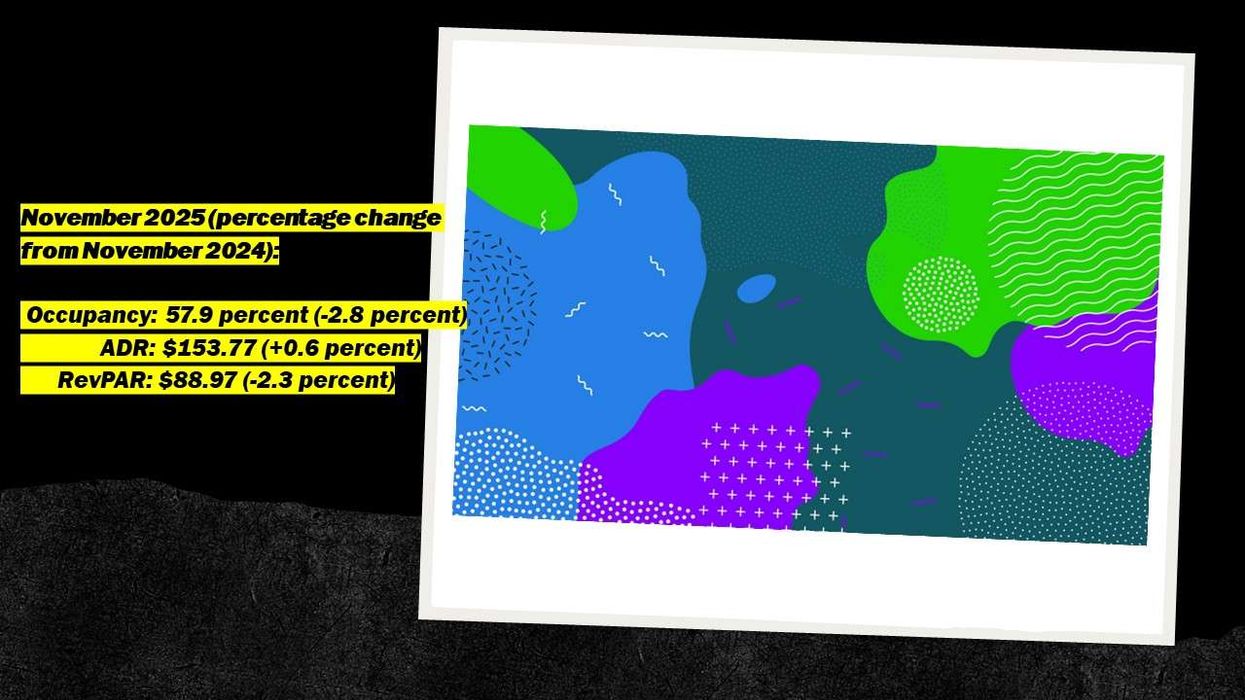THE ECONOMY CRASHED suddenly as a result of the COVID-19 pandemic, but it could be years before it sees a full recovery from the effects. STR is forecasting that it will take until 2023 before the U.S. hotel industry snaps back to pre-pandemic levels.
STR and Tourism Economics’ forecast comes despite slow but steady performance improvement being seen over the past several weeks. In May, for example, GOPPAR dropped 110.1 percent to negative $10.26, somewhat better than April’s 116.9 percent loss, and limited-service properties showed positive profitability on average after surpassing 45 percent occupancy, according to STR’s latest profit and loss report.
“Compared with our last forecast, we actually improved our demand projection for 2020 from negative 45 percent to negative 36.2 percent, but we expect it to take 11 quarters for the number of room nights sold to rise to the corresponding levels of 2019,” said Jan Freitag, STR’s senior VP of lodging insights. “Similarly, it will take until 2023 for occupancy to reach the 20-year historical average. With lower occupancy levels, and the influence of discounting as hoteliers compete for market share, ADR could show a slower recovery timeline even with more normalization each quarter—we improved our 2021 ADR projection from 1.7 percent to 5.2 percent. Despite this better growth rate next year, we do not see ADR recovering to pre-2020 levels in the next five years.”
Demand and occupancy continue to rise on a week to week basis, Freitag said, and that slow but steady progress is expected to continue barring any setback in fighting the virus.
“The worst is behind us,” said Adam Sacks, president of Tourism Economics. “Recent performance has shown travel activity is picking up tentatively. Though COVID-19 will remain a defining factor through the first quarter of 2021, the outlook anticipates further gains in travel as confidence is gradually restored and restrictions are eased.”
CBRE Hotels Research was somewhat more optimistic in its forecast in May, predicting total recovery by 2022.












